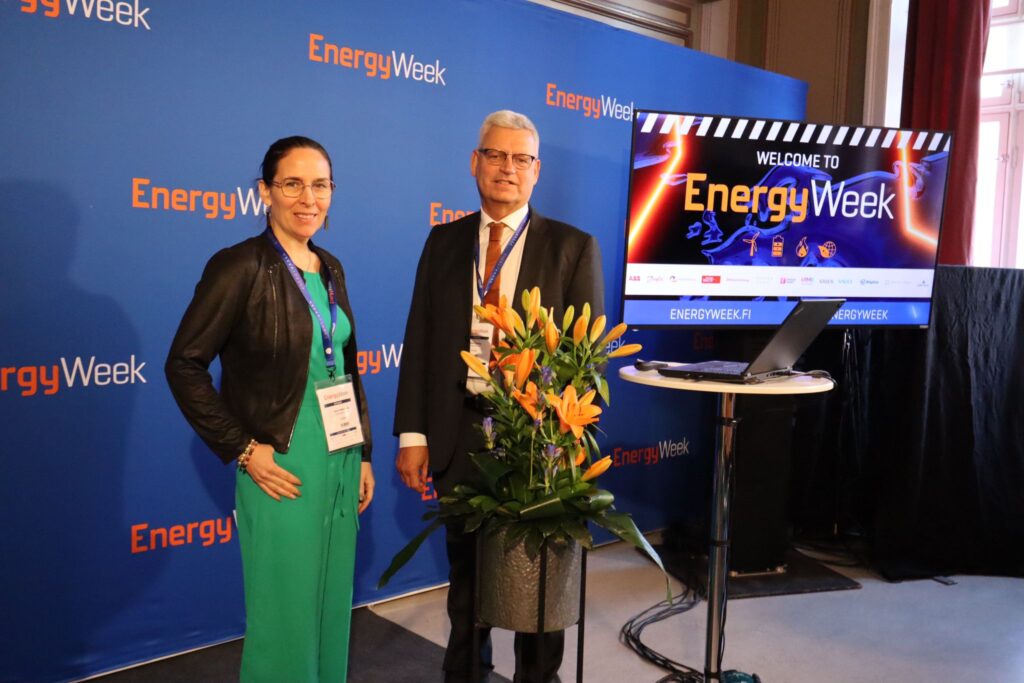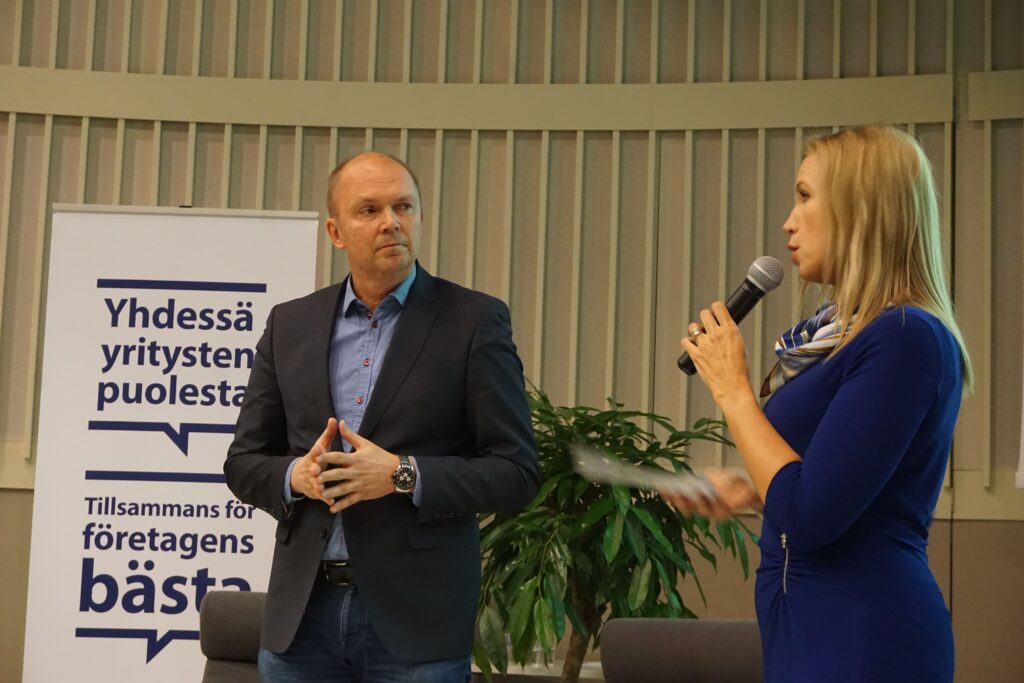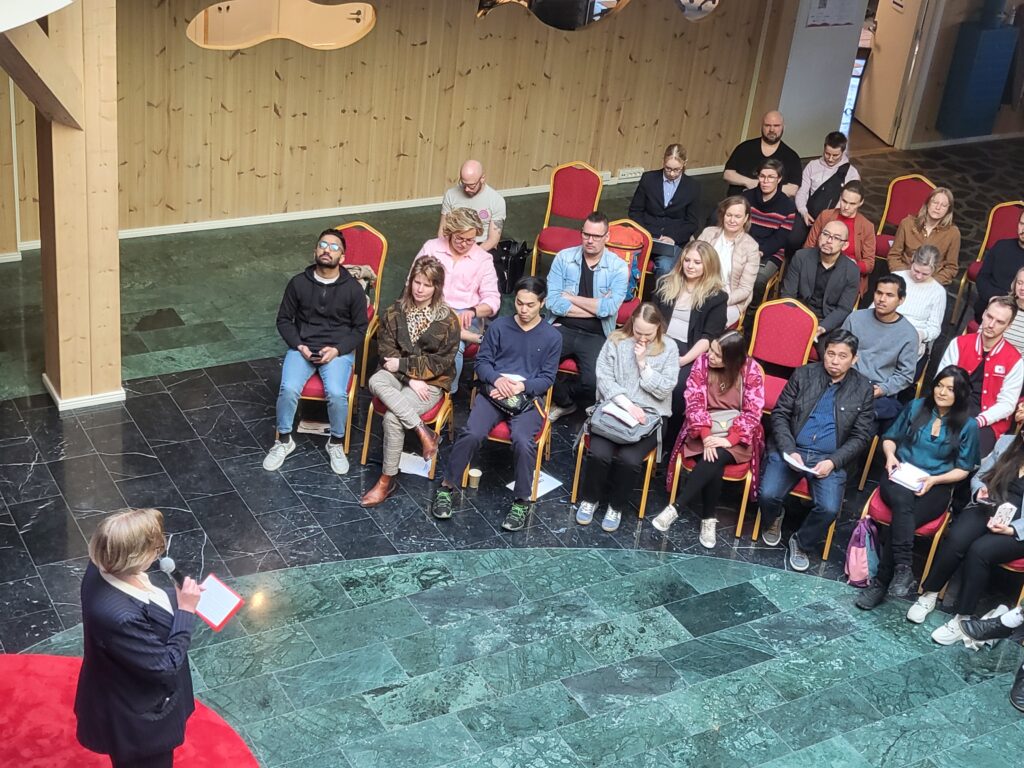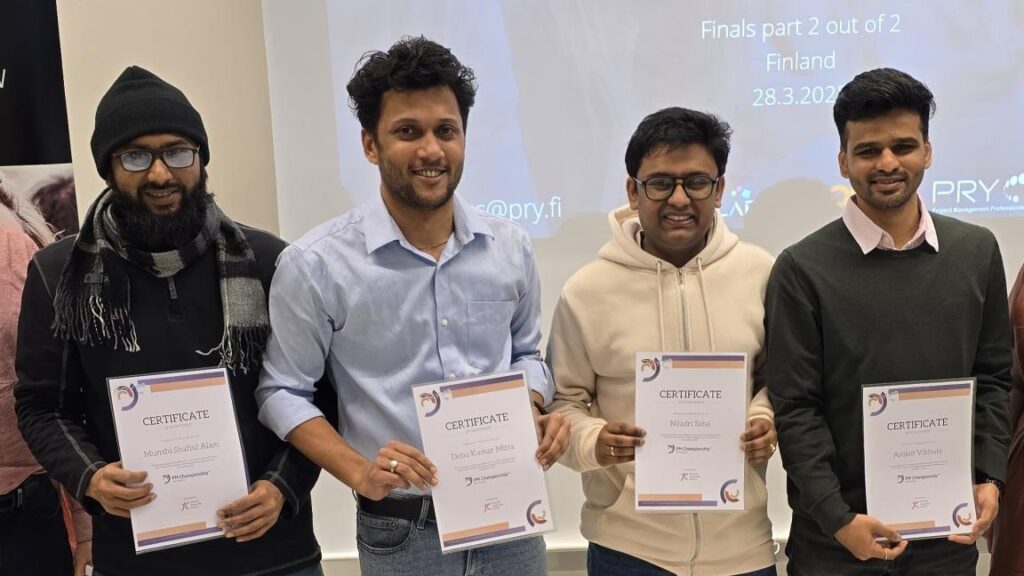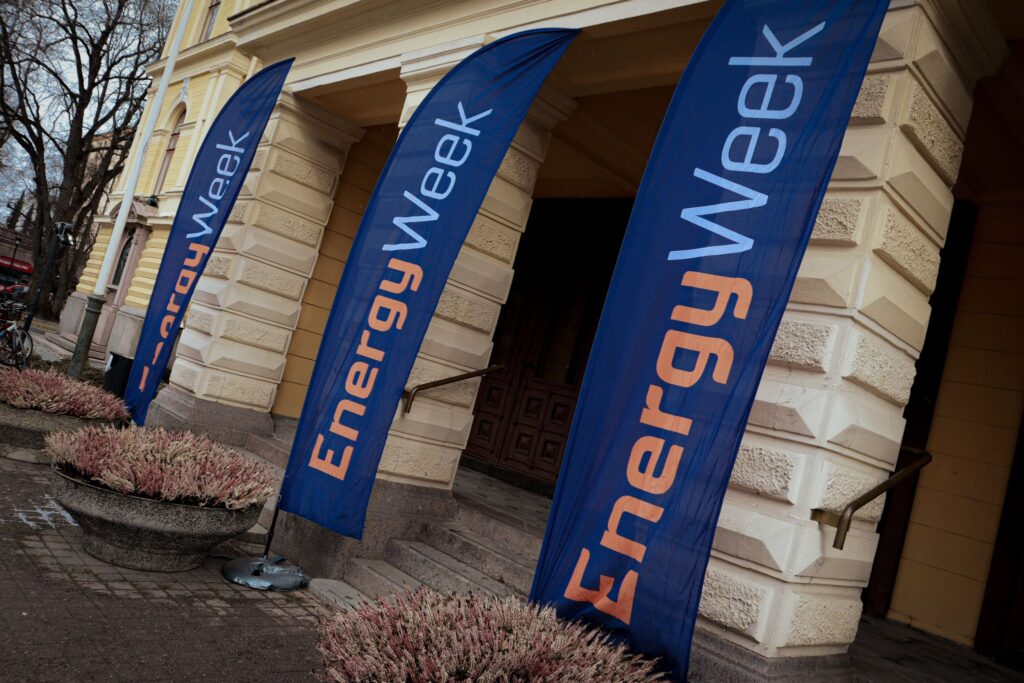Ostrobothnia in Finland and Magallanes in Chile are moving towards a more sustainable future. While separated by more than 15,000 km, the two regions are linked by the push for wind energy for the green transition.
From the cold winds of Ostrobothnia in western Finland to the windswept southern region of Magallanes in Chile, these regions face similar challenges in their pursuit of sustainable energy goals. In 2021, they paired to work together as part of the International Urban and Regional Cooperation (IURC) programme, funded by the European Commission.
Wind energy as a driving force for collaboration
Magallanes aspires to become one of the global hubs for the production and export of green hydrogen as well as harnessing the full potential of wind energy. This region is already moving towards realising its green hydrogen goals with the opening of Haru Oni, the first operating eFuels facility in the world.
Ostrobothnia hosts the largest energy cluster in the Nordic countries and plays a crucial role in the coastal circuit of wind energy projects. Its inspiring approach involves creating a vision for building sustainable ecosystems around green hydrogen. In 2022, Ostrobothnia, as an active region in smart specialisation, became the only region in Finland to participate in the Partnerships for Regional Innovation (PRI). The PRI feed into the New European Innovation Agenda with the aim of connecting regional and national programs to EU initiatives for the green and digital transformations.

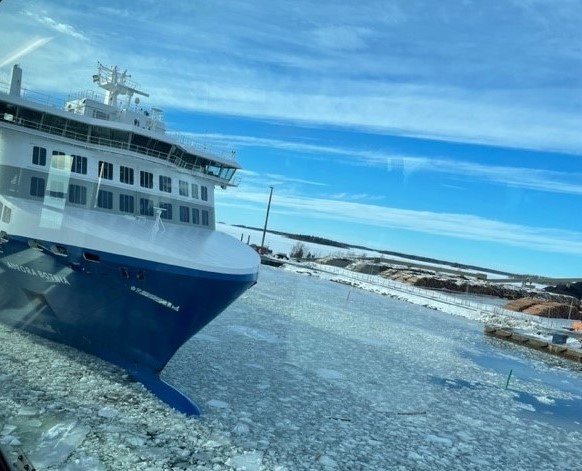
Linking actors through networking
In November 2022, an Ostrobothnian delegation visited Punta Arenas, the capital city of Magallanes in Chile. Headed by Jerker Johnson, International Coordinator of the Regional Council of Ostrobothnia, the delegation also included participants from Hanken School of Economics, Novia University of Applied Sciences and the University of Vaasa.
The visit yielded many fruitful exchanges, starting with a warm welcome from the Governor of Magallanes, Jorge Mauricio Flies Añón. Our counterparts at the Regional Government of Magallanes and the Chilean Antarctic (GORE) organised an agenda with key public and private actors. The delegation also participated in a seminar on the construction of carbon neutrality agendas, where Kaisa Penttilä presented experiences from the H2 Ecosystem Roadmap from Ostrobothnia project.
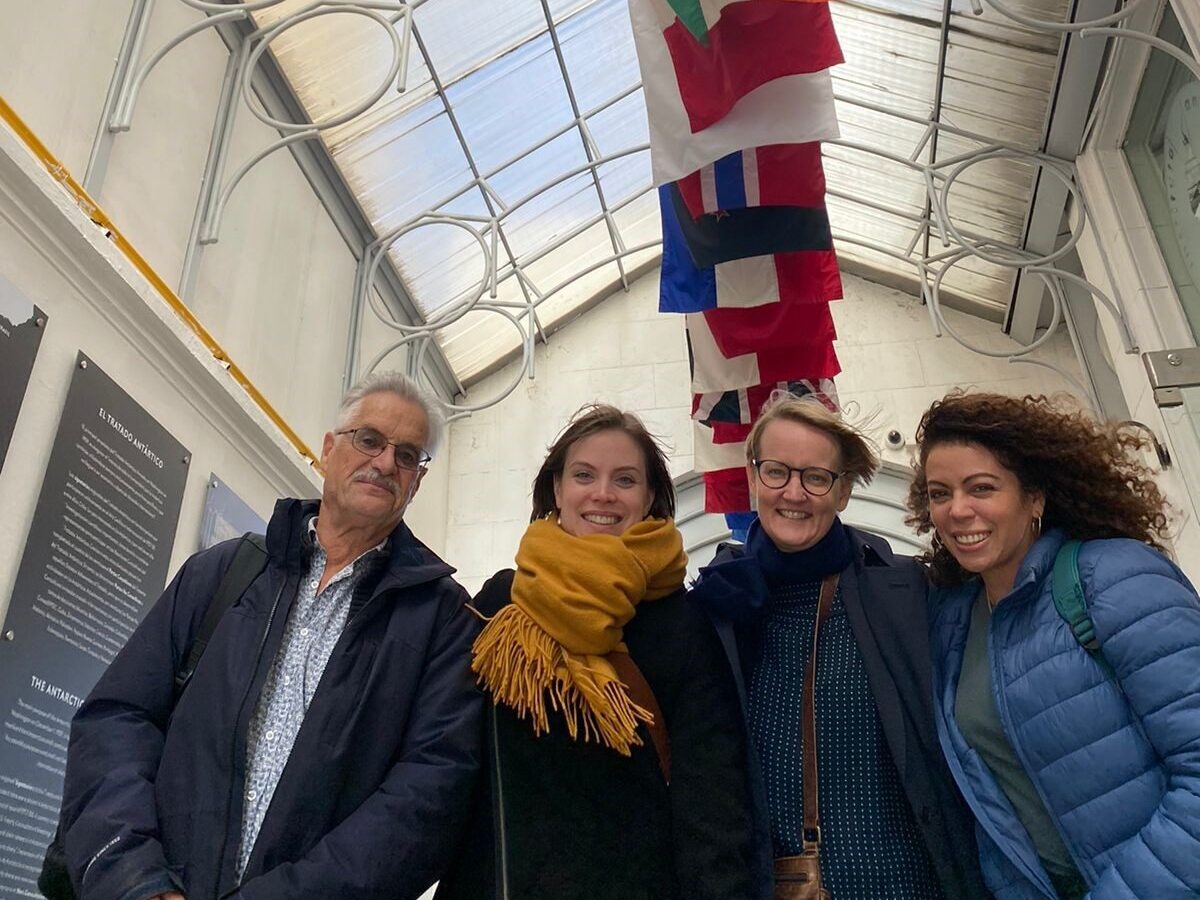
The delegation visited many interesting locations and organisations around Punta Arenas, such as the Chilean economic development agency (CORFO), the University of Magallanes and the Haru Oni plant.
During our visit to the region, another joint field of interest was identified, namely the potential of establishing a greenhouse sector in Magallanes to increase food security. Here, the expertise in Ostrobothnia related to greenhouses in cold climate conditions could be very valuable.
Learning between regions
The next step in our collaboration journey was a return visit from Chile in March 2023 during Vaasa EnergyWeek. As part of the official programme, the Chilean Ambassador to Finland and Estonia, H.E. Mrs. Belén Constanza Sapag Muñoz de la Peña, gave an inspiring presentation on the Chilean strategy for the development of green hydrogen.
Meanwhile, Claudia Gallardo and Jorge Valdivia from GORE as well as Martín Gandolfo from IURC had the opportunity to visit relevant organisations in Ostrobothnia, such as Westenergy, Stormossen, Merinova and Ethawind. They also visited Kvarken Port and Wärtsilä’s Sustainable Technology Hub. Professor Rodrigo Rabetino hosted a visit to the VEBIC laboratories at the University of Vaasa and Technobothnia.

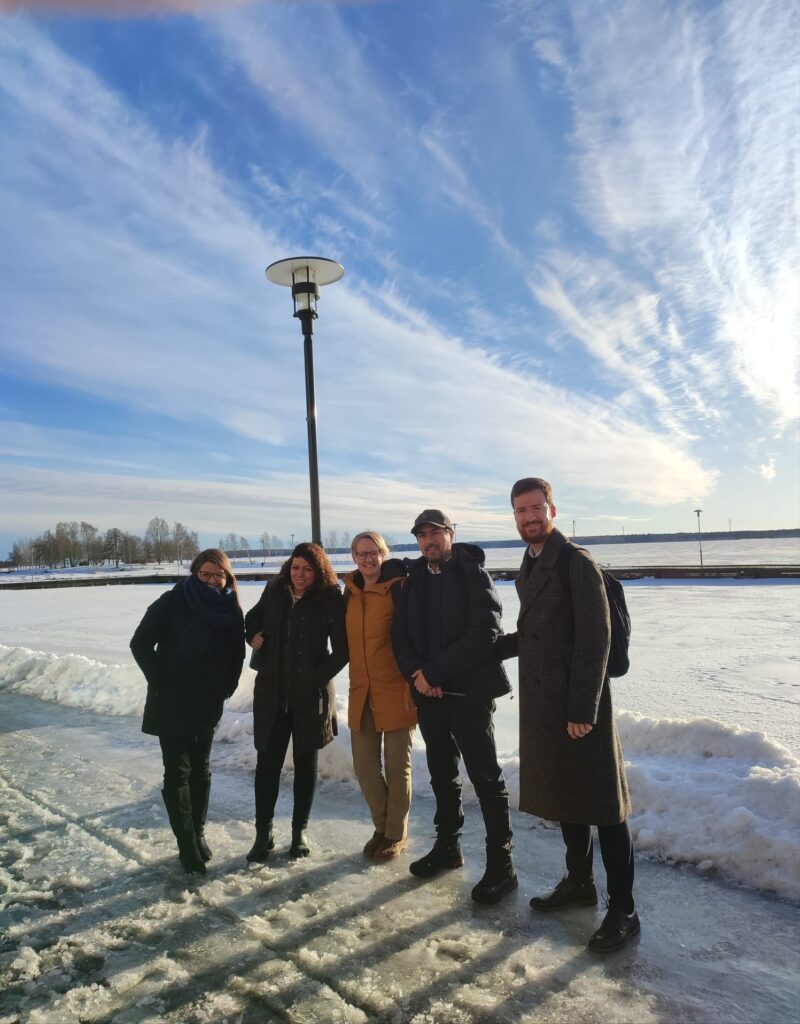
During their visit, Örjan Andersson, the President of Novia UAS, opened up the role of the universities of applied sciences in Finland and their mandate to contribute to regional development. Andersson currently serves as the chairman of Vaasa Consortium of Higher Education, an example of how the six higher education institutions in Vaasa cooperate.
Furthermore, Stefan Malm, the CEO of Dynamo Närpes, gave an overview of the development and importance of the greenhouse sector in Närpes. José Figueroa from the Chilean Center for Agricultural Research and Development (CER) spent the week in Närpes to look further into the greenhouse sector, accompanied by experts in this field.
We hope that the encounter between these two regions serves as a blueprint for others in recognising prospects for development and building on their strengths through cooperation. Here we find a region on the other side of the ocean with which we share not only the strength of the wind and the embrace of the sea on the coasts, but also the firm will to change realities for the better and the conviction that the best path to growth will always be collaboration.





